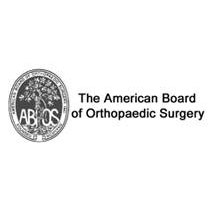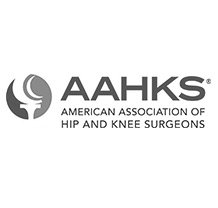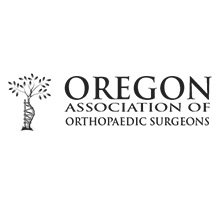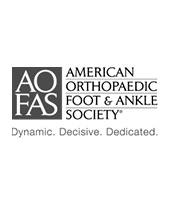Recurrent Patella Dislocation
The patella (knee cap) is a small bone that shields your knee joint. It is found in front of your knee, in a groove called the trochlear groove that sits at the junction of the femur (thighbone) and tibia (shinbone). Articular cartilage present below the patella and end of the femur cushion and help the bones glide smoothly over each other when the legs move. This joint is stabilized and supported by a network of soft tissues. The medial patellofemoral ligament (MPFL) connects to the inner side of the patella and helps to keep it from slipping away from the knee. Damage to this ligament leads to patellar dislocation.
Patellar dislocation occurs when the knee cap slides out of the trochlea. When dislocation of the patella occurs on more than one occasion, it is referred to as recurrent patellar dislocation. The risk of further dislocation increases to almost 70% to 80% after two episodes of dislocation.
Causes
There are various causes of recurrent patella dislocation. Some of them include:
- Certain inherited traits:
- Knee cap that is seated too high in the groove
- Shallow trochlear groove
- Tight lateral ligaments
- Valgus leg alignment (knock-kneed legs)
- Trauma (twisting, bending, etc.)
- Skeletal immaturity
- Each dislocation causes stretching of soft tissues and increases the chances of recurrence
Symptoms
The common symptoms of recurrent patella dislocation are:
- Pain in the knee and around the knee cap
- Swelling
- Knee instability
- Feeling like it may dislocate again
Diagnosis
The dislocation of the patella can be diagnosed with physical examination while you are sitting, lying down (supine, prone, and on your side), standing and walking. Your doctor may order X-ray and CT scan to get a clear picture of the location of injury. You might also be advised to get an MRI done to assess the cartilage.
Treatment
Recurrent patella dislocation can be treated by non-surgical or surgical methods based on the severity of the condition.
Non-surgical treatment
You may be recommended conservative treatment if your knee cap has dislocated only once or twice. The immediate aim of treatment will be to relieve pain with medication and practice PRICE, which includes Protection of the injured joint, Rest, applying Ice at the injured site, Compression, and Elevation of the leg to control inflammation. You may be recommended a limited period of immobilization with a brace, cast or splint. Your doctor may also attempt to stretch the structures on the outside of the knee and suggest certain exercises to strengthen your muscles. Analgesics and nonsteroidal anti-inflammatory drugs may be prescribed to relieve pain and swelling.
Surgical treatment
Surgery is recommended when non-surgical treatment is found to be ineffective in relieving the symptoms of recurrent patella dislocation. All realignment procedures performed to treat the dislocation will first involve arthroscopy. Arthroscopy is a minimally invasive procedure that uses 2 or 3 small incisions to insert surgical instruments at the site of the problem. The injured surface is can be cleaned to remove any loosely attached fragments. Following this, your doctor will decide on a surgical approach depending on the factors causing the dislocation.
- To reconstruct the torn medial patellofemoral ligament, small holes are drilled in the patella and femur, and a piece of hamstring tendon (tissue connecting muscle at the back of the thigh to the knee) is passed into the holes to replace the torn MPFL. The tendons are fitted into place with the help of screws and anchors.
- In case of a high seated patella, your surgeon will surgically realign the patella to fit into the groove of the thigh bone. This is done by moving the tibial tuberosity (part of the tibia). Screws are used to clasp the tuberosity and to hold it in position until complete healing.
- Trochleoplasty is a rarely performed surgery, where the groove on the lower end of the femur is made deeper or reshaped. In this case, some bone is removed and the patella is held in place with sutures or nails, which dissolve over time.
- Your surgeon may also attempt to lengthen tight ligaments or tighten overstretched ligaments surrounding the kneecap.
Post-operative Care
As a postoperative management procedure, you will be advised to use crutches and wear a brace for the first few weeks. Once the bone has healed, you will be given physiotherapy and taught simple exercises to aid in normal functioning of the knee and to reduce swelling. You will be able to return to full activity in a few months.












